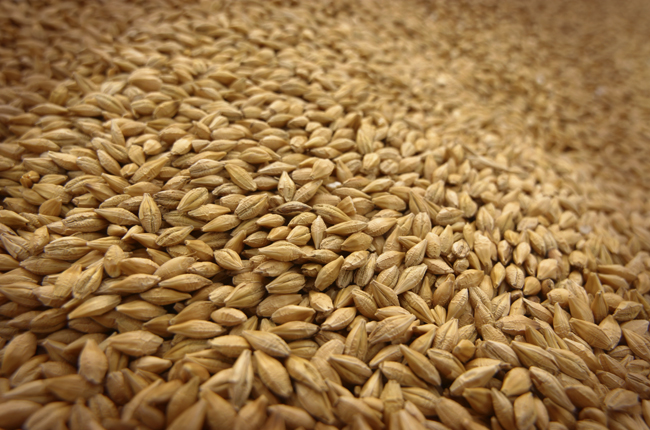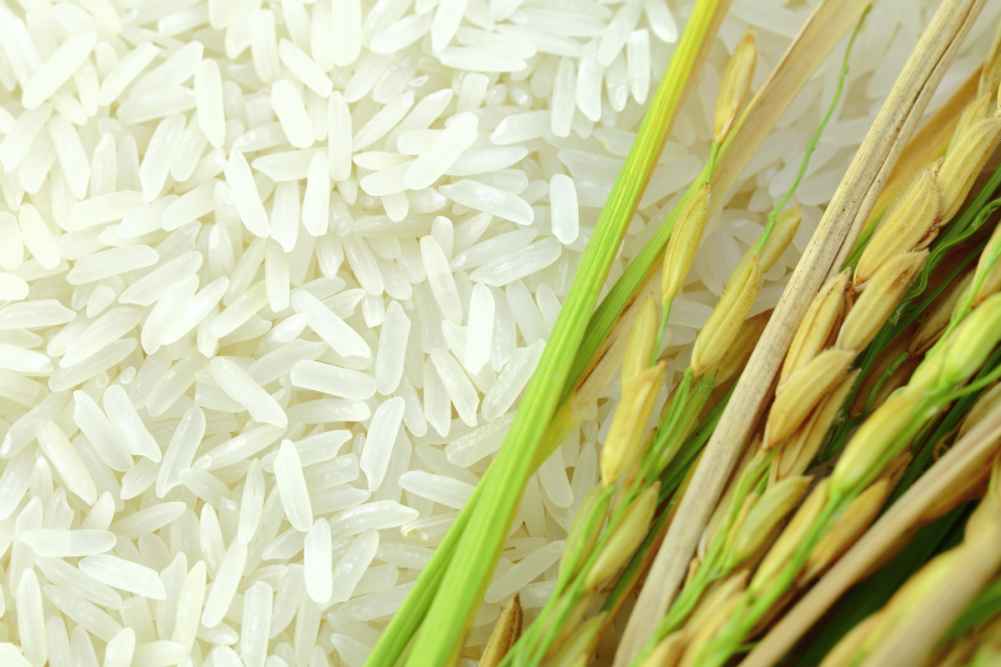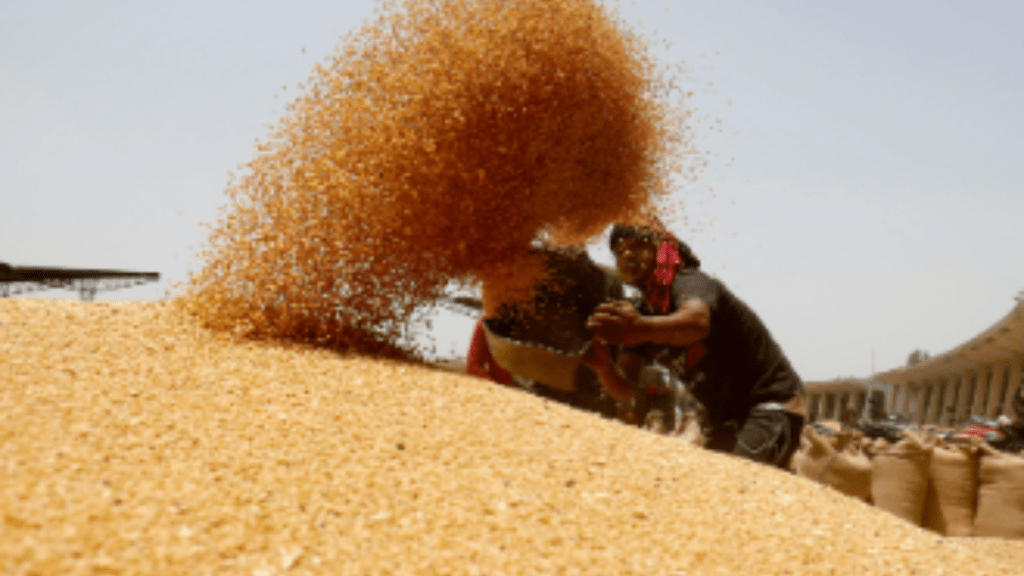Tags
Millet Man of India warns against rising use of wheat, rice & sugar in daily food
A recipient of Padma Shri and Krushiratna awards, Dr Vali has been credited for reviving five varieties of disappearing millets and has been working for more than 20 years to bring back diversity in food grains for a healthy and disease-free life.

Giving an example of ‘kodo millet/rice’, he said one kg of this millet can be grown with only 150 litres of water, whereas growing one kg of rice consumes about 8,000 litres of water. (Express File Photo)
Condemning the corporatisation of farming and the healthcare industry, scientist and food expert Dr Khader Vali Tuesday warned against the increased use of wheat, rice and sugar that has given birth to all kinds of modern diseases.
“It is kind of ironic that in the name of patents, the seeds and rights of seeds of farmers worldwide have been taken away. We keep seeing the so-called ‘intellectuals’ participate in discussions about food security. Also, the food we are eating is not our real food.
The majority of our food these days is made of rice, wheat, and sugar, which disturbs the concentration of glucose in our bodies, which I call ‘glucose imbalance’, thickens our blood, and affects the heart and, subsequently, all the organs. Yet, no questions are asked anywhere in the world regarding its ill effects on human health and exponential growth of modern diseases,” Dr Vali, popularly known as “the Millet Man of India”, said during his talk titled ‘Discovering the Millet Way to Good Health’ held at the Indian Institute of Technology Gandhinagar (IITGN).
A recipient of Padma Shri and Krushiratna awards, Dr Vali has been credited for reviving five varieties of disappearing millets and has been working for more than 20 years to bring back diversity in food grains for a healthy and disease-free life.
Introducing the audience to the science of millets, Dr Vali said, “Humans used to eat various kinds of grains/millets available in their vicinity for thousands of years, which used to grow through seeds of more than 800 types of grasses grown even in less fertile lands. Yet, they were much stronger and healthier.”
Giving an example of ‘kodo millet/rice’, he said one kg of this millet can be grown with only 150 litres of water, whereas growing one kg of rice consumes about 8,000 litres of water. “This same huge amount of water can produce about 30 kgs kodo rice. Moreover, each kg of millet can feed ten people, while one kg of rice can feed only five,” he stated.
Elaborating on the health aspects of millets, Dr Vali said, “Many modern/lifestyle diseases that have increased over time are the results of the food choices we made in the last 100 years and the unnecessary use of medicines. These diseases were not there earlier because humans ate millets, which keeps our blood thin so that it reaches easily in all organs of the body. Its rich natural fibre content helps mitochondria burn unnecessary glucose; and ultimately, our gut microbes provide more immunity against infections. For a healthy body, the detox has to happen on a daily basis for each and every cell. Hence, millets become a wonderful weapon in your blood to wipe out all kinds of diseases.”
https://indianexpress.com/article/cities/ahmedabad/millet-man-of-india-warns-against-rising-use-of-wheat-rice-sugar-in-daily-food-9008230/Published Date: November 1, 2023






